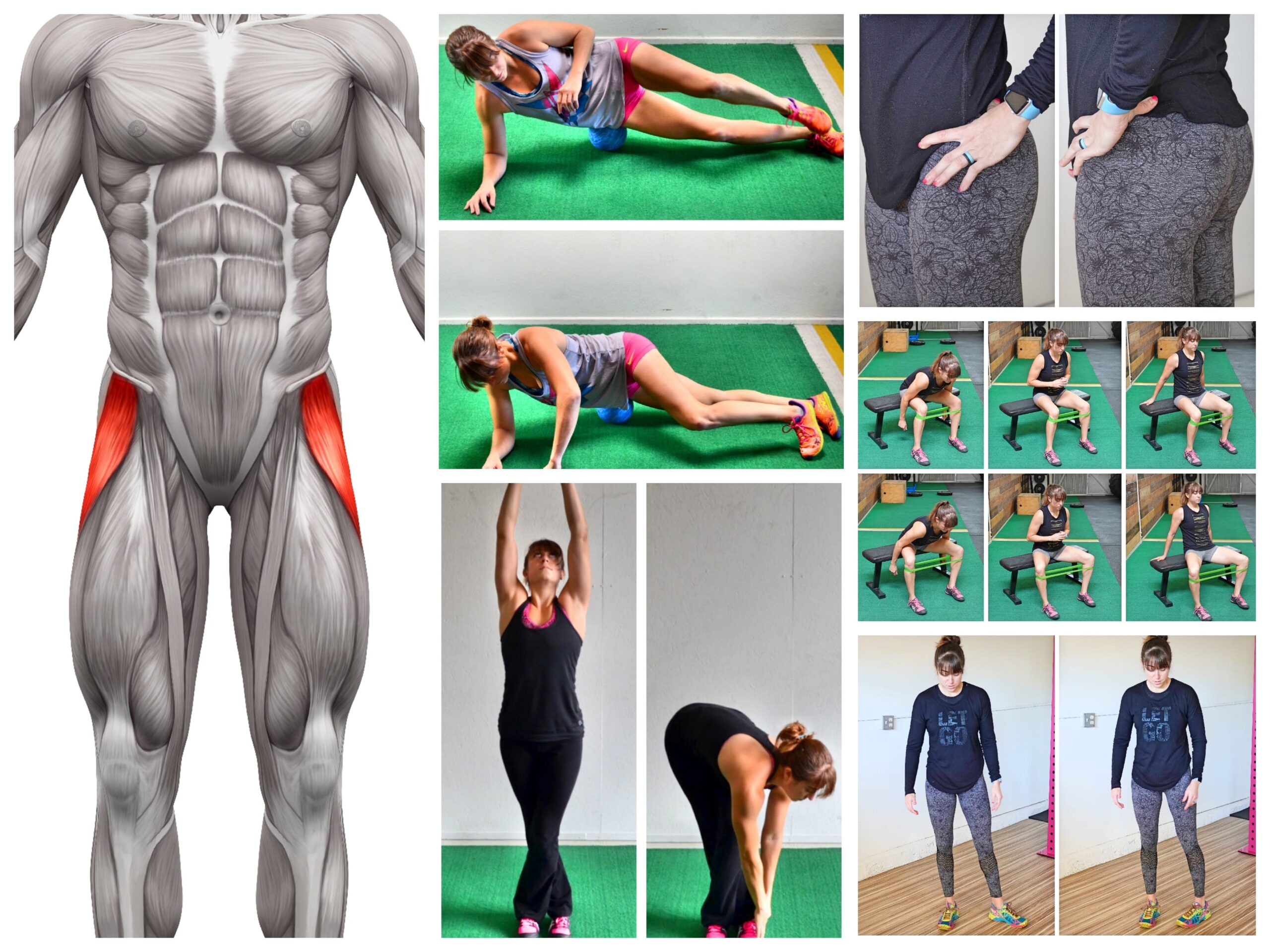
by Cori Lefkowith | Jan 23, 2019 | Blog, Butt, Core, Exercises, featured, Pain Relief
This one muscle causes more issues than we often realize. But because the pain and issues it often causes are “elsewhere,” we often don’t realize this nasty little culprit… Ok…while no muscle is really “nasty” or...



